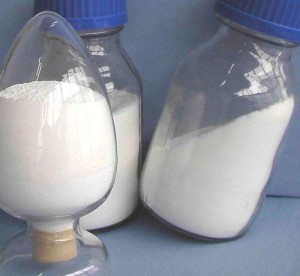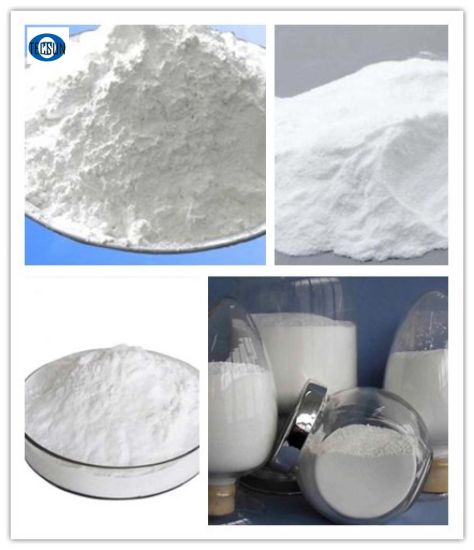Ranitidine
| Kaulana Molecular | Kaulana Molecular |
| Helehelena: | Pauka melemele keʻokeʻo a mae paha |
| Wai: | ≤3.5 |
| ʻike ʻia nā huna huna: | AʻOLE |
| Sterility: | Sterile |
| Nā endotoxins maʻi: | <0.10IU |
| PH: | 6.5 ~ 8.5 |
| Hana: ʻO | |
|
Hiki ke hoʻohana i kēia huahana no nā maʻi aʻe e hoʻokumu ʻia e nā bacteria bacteria cefuroxime: 1, nā maʻi hanu, streptococcus pneumoniae, haemophilus influenzae (me nā koʻohune kūpaʻa ampicillin), klebsiella coli, staphylococcus aureus (penicillin enzyme enzyme production bacteria a me penicillin enzyme enzyme production bacteria), s. pyogenes a me nā maʻi hanu i hoʻokumu ʻia e e. coli, e like me ka bronchitis koʻikoʻi a me ka mau, bronchiectasis me ka maʻi, pneumonia bacteria, abscess lung a me ka maʻi pulmonary postoperative. 2. ʻO nā maʻi Otorhinolaryngological: otitis media, sinusitis, tonsillitis, pharyngitis. 3. ʻO ka maʻi urinary tract: maʻi maʻi urethral i hoʻokumu ʻia e e. coli a me klebsiella bacteria, e like me ka huʻi a me ka maʻi pyelonephritis, cystitis a me asymptomatic bacteriuria. 4. ʻO nā maʻi ʻili a me nā ʻāpana palupalu: nā ʻili a me nā maʻi palupalu, e like me cellulitis, erysipelas, peritonitis a me nā maʻi ʻeha, i hoʻokumu ʻia e staphylococcus aureus, streptococcus pyogenic, escherichia coli, klebsiella a me enterobacteria. 5. Sepsis: sepsis i hoʻokumu ʻia e staphylococcus aureus (penicillin enzyme e hana ana i nā bacteria a me nā non-penicillin enzyme e hana ana i nā bacteria), streptococcus pneumoniae, escherichia coli, haemophilus influenzae (me ampicillin resistant bacteria) a me klebsiella. 6. Meningitis: meningitis i hoʻokumu ʻia e streptococcus pneumoniae, haemophilus influenzae (me nā koʻohune kūpaʻa ampicillin), neisseria meningitidis a me staphylococcus aureus (penicillin enzyme e hana ana i nā bacteria a me nā non-penicillin enzyme e hana ana i nā bacteria). 7. ʻO Gonorrhea: gonorrhea i hoʻokumu ʻia e neisseria gonorrhoeae (penicillin enzyme e hana ana i nā bacteria a me nā non-penicillin enzyme e hana ana i nā bacteria) maʻalahi (me ka ʻole o nā pilikia) a me nā gonorrhea me nā pilikia, kūpono loa i ka poʻe kūpono ʻole no ka mālama penicillin. 8. Iwi a me ka maʻi puʻuwai: ka iwi a me ka maʻi maʻi maʻiʻahe i hoʻokumu ʻia e staphylococcus aureus (penicillin enzyme e hana ana i nā bacteria a me nā non-penicillin enzyme e hana ana i nā bacteria. Hiki ke hoʻohana i kēia huahana preoperative a i ʻole intraoperative e pale i ka ulu ʻana o nā bacteria pathogenic maʻalahi a hoʻemi i nā maʻi intraoperative a postoperative i hoʻokumu ʻia e ka haumia. Kāohi ʻana i ka maʻi i ka pelvic a me ka ʻōpū o ka ʻōpū, ka puʻuwai, ka māmā, ka esophagus a me ke kīʻaha vascular, ka huina o nā hui pū. |
|








